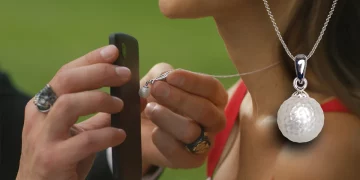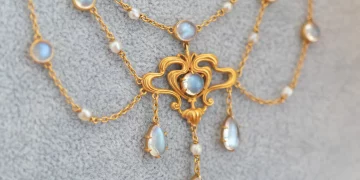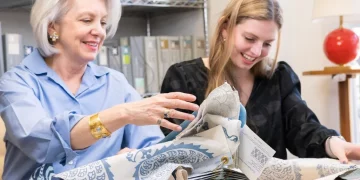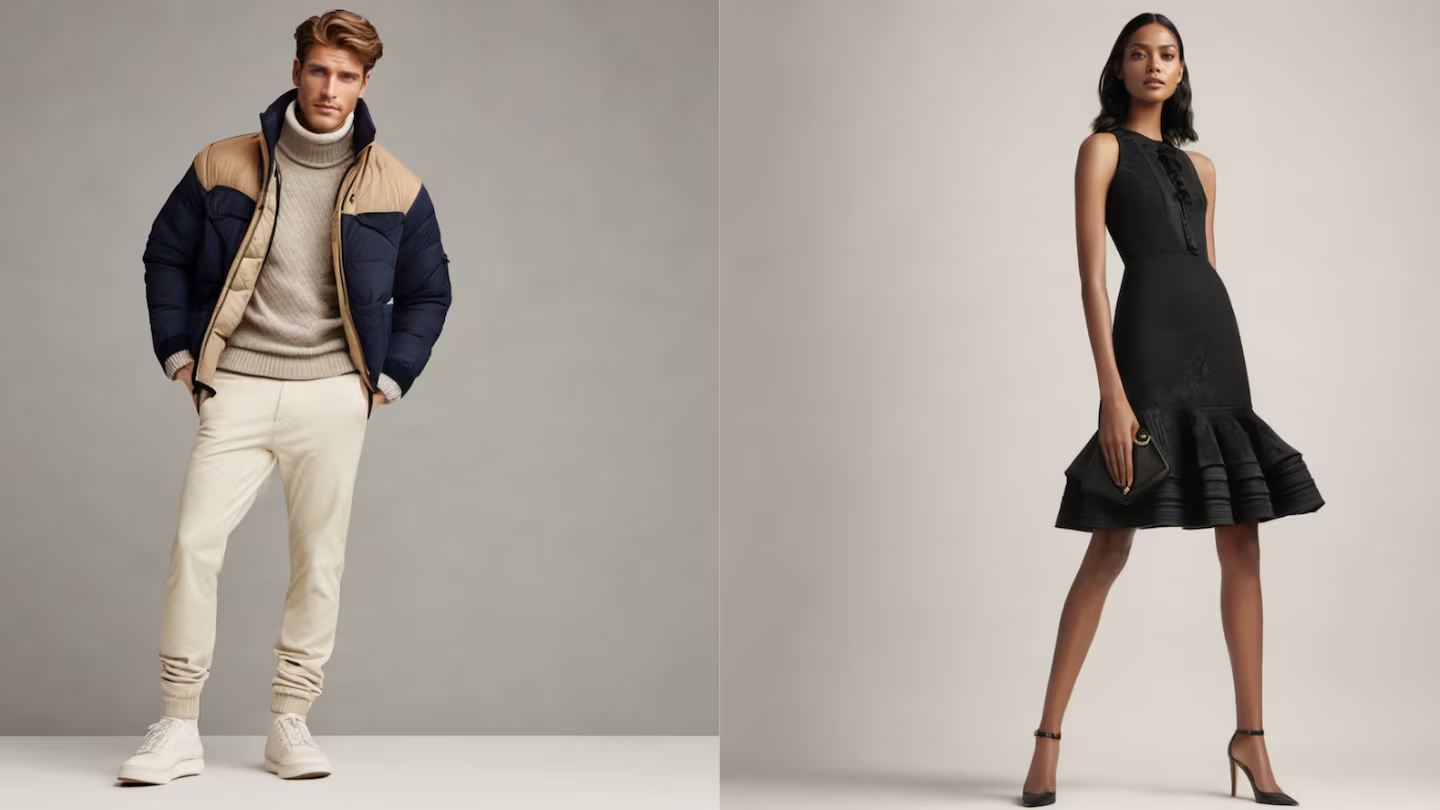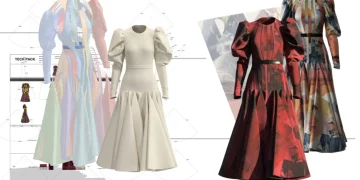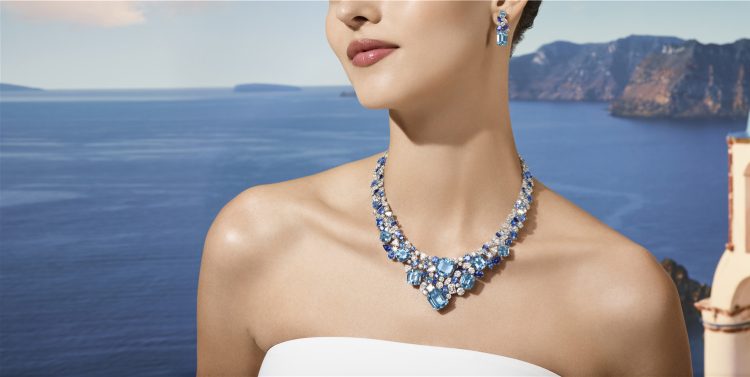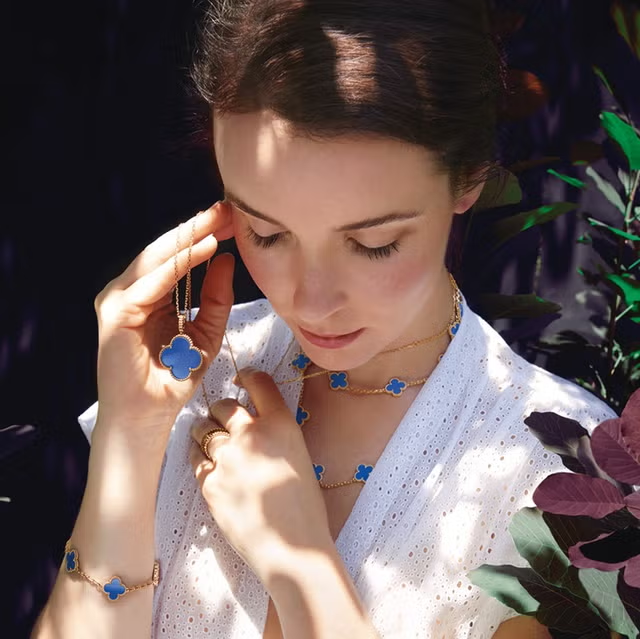Abstract
The world of fashion and design is inherently cyclical, with past trends continuously revisiting the forefront of contemporary style. One of the most intriguing phenomena in recent years is the resurgence of retro and vintage-inspired jewelry, drawing heavily from iconic designs of the 20th century. From Art Deco to Victorian, and from mid-century modernism to 1980s glam, jewelry designers and consumers alike are embracing the nostalgia of past eras, creating a fusion of old-world elegance with modern sensibilities. This article explores the factors driving the retro revival in the jewelry industry, examining how and why these classic designs are making a comeback and whether this revival can truly spark a lasting return to timeless jewelry aesthetics.
1. Introduction
1.1 Understanding the Retro Trend in Jewelry
In the fast-paced world of fashion, trends come and go, but the allure of classic design remains undiminished. Retro jewelry, defined as pieces inspired by styles from past decades, has seen a resurgence in recent years, with both high-end and independent designers looking to vintage designs for inspiration. From the geometric elegance of Art Deco rings to the elaborate charms of Victorian brooches, jewelry is undergoing a nostalgia-driven revival. But what is it about these designs that continues to capture the imagination of modern consumers? And can this retro wave truly reinviate the jewelry world by bringing back classic styles with contemporary relevance?
The growing fascination with vintage and antique jewelry is part of a larger cultural trend toward nostalgia. This desire for the past is influenced by multiple factors, including social media, celebrity endorsements, and the general sentiment of longing for simpler, more timeless times. Whether for emotional reasons or a desire for high-quality craftsmanship, retro jewelry is not only experiencing a revival—it’s becoming a symbol of elegance, luxury, and the enduring appeal of timeless design.
2. The Evolution of Retro Jewelry
2.1 The Timeless Allure of Classic Jewelry Styles
Jewelry, throughout history, has always reflected the tastes, trends, and social structures of its time. Many of the most iconic designs, such as those from the Art Deco and Victorian eras, are characterized by their craftsmanship, creativity, and symbolic meanings. These designs were not merely fashion accessories—they were statements of status, love, and identity. Over the years, certain styles have endured, becoming symbols of refinement and sophistication that transcend their original periods.
- Art Deco: Emerging in the 1920s and 1930s, Art Deco jewelry is known for its bold geometric shapes, clean lines, and luxurious materials such as diamonds, platinum, and emeralds. With its sharp, modern aesthetic, Art Deco jewelry represents a sense of forward-thinking optimism that is still highly appreciated today.
- Victorian Era: The Victorian era, spanning from the 1830s to the early 1900s, was a time of opulence and sentimentality in jewelry design. Elaborate pieces like mourning jewelry, lockets, and cameos were created with intricate craftsmanship and sentimental value. Today, collectors and wearers gravitate toward these romantic and nostalgic designs for their emotional resonance.
- Mid-Century Modernism: The mid-20th century marked a significant shift in design with more abstract and minimalist aesthetics. The clean lines, bright colors, and innovation seen in jewelry from this period have made them perennial favorites for those seeking to combine elegance with a touch of playfulness.
2.2 The Revival of Vintage and Antique Jewelry
In the past decade, vintage and antique jewelry has gained considerable momentum, with many collectors and fashion enthusiasts seeking out original pieces from bygone eras. This resurgence is often driven by the pursuit of unique, high-quality items that carry historical and cultural significance. The desire for authenticity has led to a marked rise in the popularity of vintage jewelry shops, auctions, and antique fairs, where buyers are in search of pieces that stand the test of time both in terms of design and material value.
- Sustainability and Conscious Consumerism: As consumers become more environmentally conscious, the demand for second-hand and vintage jewelry has increased. The focus on sustainability, along with a growing appreciation for craftsmanship over mass production, has made retro jewelry an attractive option. Buying vintage is not only seen as an environmentally responsible choice but also a way to own pieces that have a unique history and value.
- Celebrity Influence: Celebrities have always had a significant influence on jewelry trends, but in recent years, their embrace of vintage jewelry has further pushed the retro revival into the mainstream. Celebrities like Meghan Markle, Bella Hadid, and Rihanna are often spotted wearing vintage pieces, whether it be Art Deco engagement rings, Victorian brooches, or retro earrings, thus fueling the trend among their massive fanbase.
3. What’s Driving the Retro Jewelry Trend?
3.1 Nostalgia and the Desire for Timeless Elegance
The retro trend in jewelry, much like in other aspects of fashion, is deeply rooted in nostalgia. In today’s fast-moving world, where trends seem to shift every season, there’s a growing desire for designs that stand the test of time. Jewelry from previous eras often represents something lasting, stable, and enduring—a stark contrast to the fleeting nature of modern trends.
- Cultural Reflection: Retro jewelry often reflects an era’s values, aspirations, and emotions. Whether it’s the opulence of the Victorian period, the rebelliousness of the 1960s, or the elegance of the Art Deco period, each era carries with it distinct cultural characteristics. Today’s consumers are seeking out pieces that not only offer aesthetic beauty but also hold symbolic meaning tied to these cultural narratives.
- A Return to Craftsmanship: Many contemporary consumers are rediscovering the value of fine craftsmanship, which is often lacking in today’s mass-produced pieces. Retro jewelry, especially pieces from older periods, often embodies a level of artistry and attention to detail that is increasingly rare in modern designs. Whether it’s hand-engraving, enamel work, or gemstone settings, these elements of craftsmanship add a layer of depth and artistry to the pieces.
3.2 The Impact of Social Media and Influencers
In the digital age, social media has played a key role in driving the retro jewelry trend. Platforms like Instagram, Pinterest, and TikTok have become hubs for fashion inspiration, where vintage jewelry styles can be shared, admired, and reimagined. Jewelry influencers, fashion bloggers, and celebrities have amplified the resurgence of vintage and retro pieces by showcasing them to millions of followers.
- Instagram and Pinterest: These platforms have become treasure troves of vintage jewelry inspiration. With hashtags like #VintageJewelry, #RetroJewels, and #AntiqueJewelry gaining traction, users are discovering unique pieces from different eras. Jewelry lovers, stylists, and collectors are sharing their curated vintage collections, often blending retro pieces with modern outfits to create fresh, on-trend looks.
- Influencer Culture: Influencers and celebrities who embrace retro jewelry have helped make these pieces highly desirable. Celebrities like Kylie Jenner and Meghan Markle, who wear vintage pieces from iconic brands like Cartier and Tiffany, have sparked interest in retro jewelry. Their visibility in the fashion world plays a pivotal role in shaping consumer preferences and driving market demand.
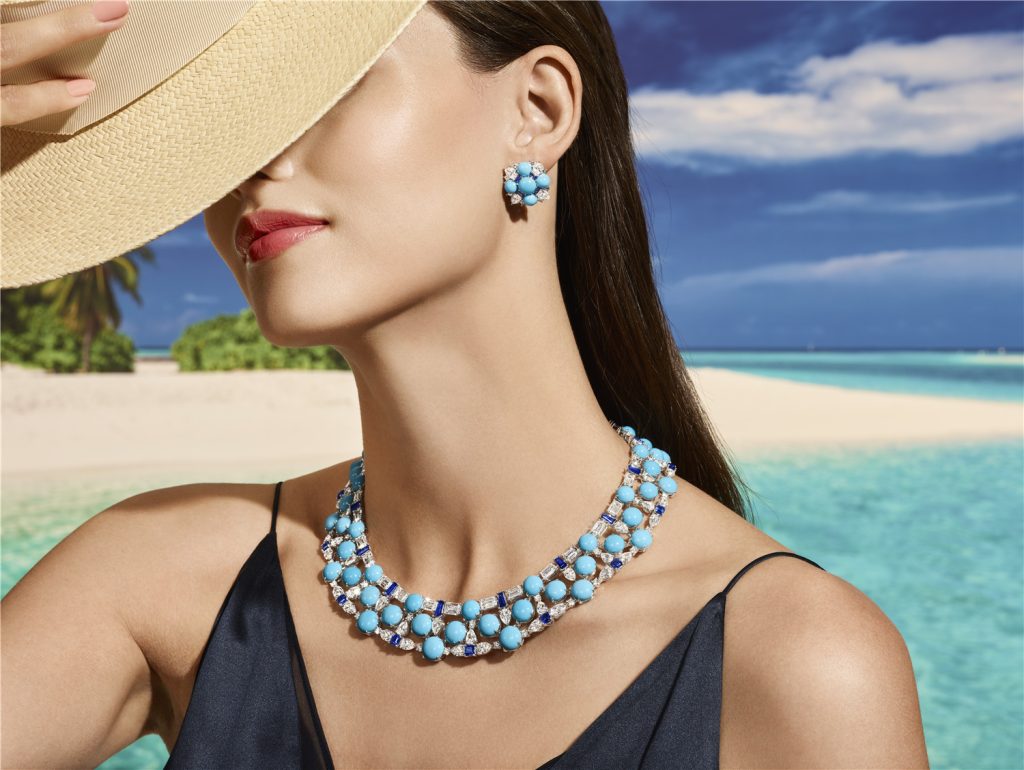
4. Will Retro Jewelry Spark a Return to Classic Design?
4.1 Retro Jewelry’s Integration into Modern Fashion
The question of whether retro jewelry can truly lead to a broader return to classic designs hinges on how these styles are integrated into contemporary fashion. While vintage jewelry is undeniably gaining popularity, its true success as a long-term trend will depend on its ability to blend with modern sensibilities.
- Mixing Old with New: One of the primary ways that retro jewelry is being reinterpreted is through the blending of classic designs with modern aesthetics. Designers are taking inspiration from vintage styles but giving them a contemporary twist, such as reimagining Art Deco pieces with modern materials or creating minimalist versions of Victorian designs. This fusion ensures that retro jewelry can appeal to both nostalgic buyers and fashion-forward consumers looking for something unique.
- Inclusivity and Diversity: Retro jewelry’s appeal is also expanding due to a shift towards more inclusive and diverse representations of beauty. Classic jewelry designs, which once primarily catered to the elite, are now being reinterpreted to cater to a broader range of consumers, including those from diverse cultural backgrounds. The inclusivity of retro styles ensures that they continue to resonate with new generations, keeping them relevant in today’s fashion landscape.
4.2 Challenges to the Return of Classic Jewelry
While the retro jewelry revival is gaining momentum, there are challenges in establishing classic designs as a dominant force in the future of the industry.
- Mass Production vs. Customization: One challenge to the widespread return of classic jewelry is the modern consumer’s preference for customization and personalization. While retro designs are appreciated for their timeless elegance, many consumers are now seeking pieces that reflect their individual tastes and stories. This shift towards personalization might limit the appeal of mass-produced retro designs that lack individuality.
- Fast Fashion and Trends: The fast fashion industry continues to dominate the jewelry market, offering cheap, trendy pieces that are often seen as disposable. As such, the future of retro jewelry may be limited to niche markets and high-end luxury consumers rather than being embraced across the broader market. However, as consumers become more conscious of the environmental impact of their purchases, the enduring value of vintage and custom-designed jewelry may gain more appeal.
5. Conclusion
The retro jewelry revival is undeniably a reflection of a broader cultural trend toward nostalgia, sustainability, and the appreciation for timeless design. From Art Deco to Victorian and mid-century modernism, classic jewelry styles offer a blend of elegance, craftsmanship, and symbolism that resonates with today’s fashion-conscious consumers. Whether the retro trend will ignite a lasting return to classic designs remains to be seen, but it is clear that vintage jewelry has found a new place in contemporary fashion.
As consumers continue to seek pieces that stand out from the fast-paced, mass-produced trends of the modern world, retro jewelry offers a sense of permanence and personal connection that is becoming increasingly valuable. The revival of these timeless designs, coupled with modern interpretations, suggests that the jewelry industry is on the brink of a new era where the classic designs of the past not only survive but thrive in the contemporary world.




